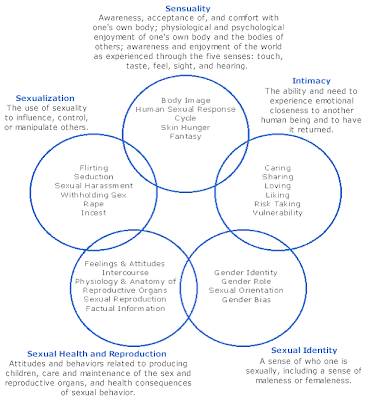Dr. Madhu Sarin is a psychoanalyst in private practice in Delhi. Formerly she taught philosophy at the graduate faculty, University of Delhi, New York University and was a visiting scholar at Columbia University. She also has a degree in clinical social work from New York University and is a member of the Indian Psychoanalytic Association and IPTAR, New York where she did her training. She has done clinical work with political refugees and torture victims from neighbouring countries. She conducts and co-ordinates trainings in mental health for the Health Department,Tibetan Government in Exile, Dharamsala. She has written in academic journals, newspapers, magazines - articles on psychoanalysis, philosophy, psychology, feminism, film and travel.
Dr. Rajat Mitra
Dr. Rajat Mitra is one of the founder members of Swanchetan. He did his M.A. in Psychology from Delhi University and PhD. in Clinical Psychology (Trauma and grief work) from Summit University of Louisiana, USA. During and after his PhD, he worked in Sanjeevani for more than 10 years and was in-charge of running a therapeutic program for schizophrenics. He also worked in prison rehabilitation program for sexual offenders, drug addicts and severely violent offenders and is carrying out research into their psyche. After Sanjeevani, he co-founded Swanchetan, a centre for therapy to victims of violence, abuse and heinous crime and research in victimology.
His area of interest and specialization are in working with people undergoing crisis and trauma in the community, especially those coming from poor, deprived and disadvantaged families and providing them psychological help. He is working with children from these backgrounds, raising their awareness and also directing efforts to working with the girl child to help them cope with abuse, violence and trauma in dangerous neighbourhoods. He has worked with different kinds of trauma such as crisis, conflict and ethnic violence
Dr. Mitra works with police and prisons as a consultant for complex cases requiring behavioural analysis.. He has lectured in several universities and institutions both in India and abroad and also trains the law enforcement, human right workers and professionals in mental health nationally and internationally. He lectures widely on topics of current relevance to society such as trauma, conflicts, parenting, managing transitions in life, difficult identity issues, etc.
Dr. Neena Singh
She is an eminent gynecologist working at Batra Hospital. She is the most sought after guest speaker in media. She is the ultimate authority on Female Sexual Health.


